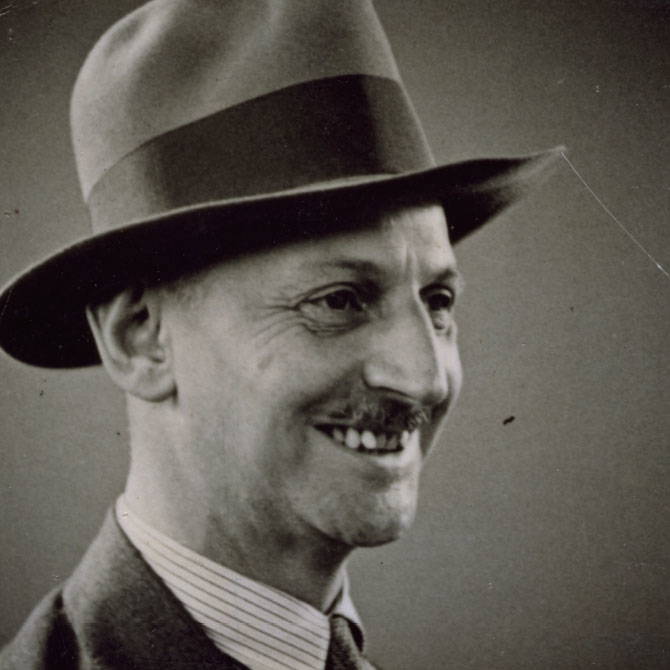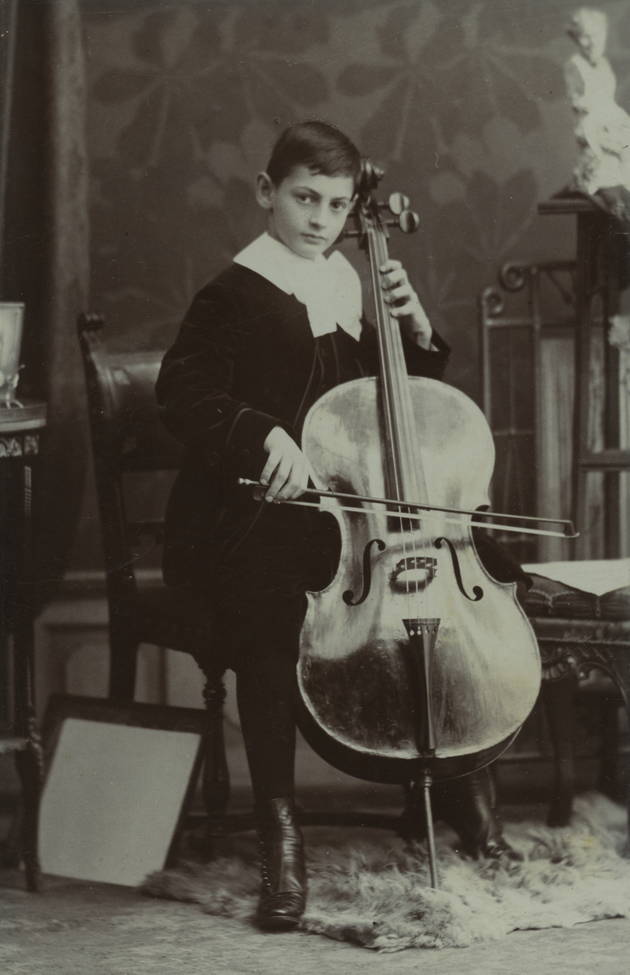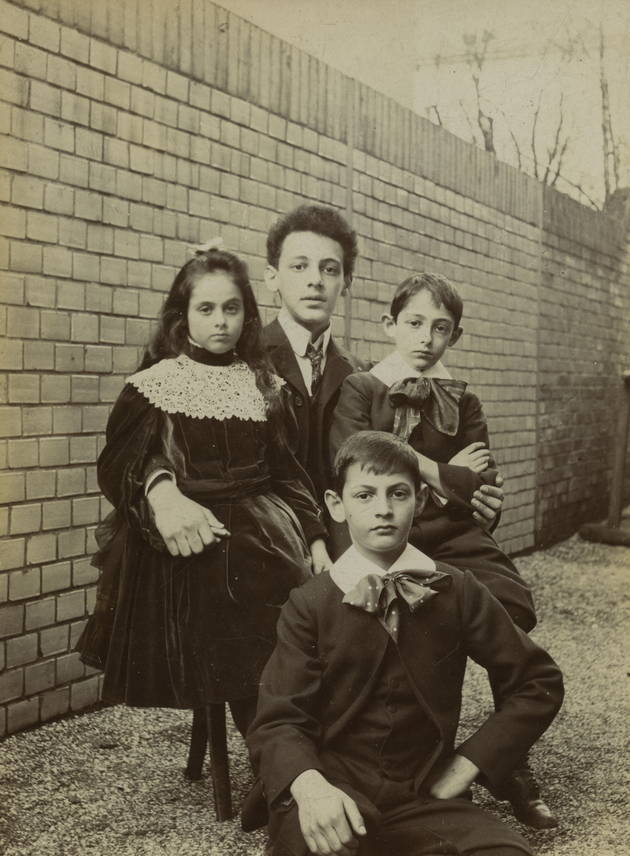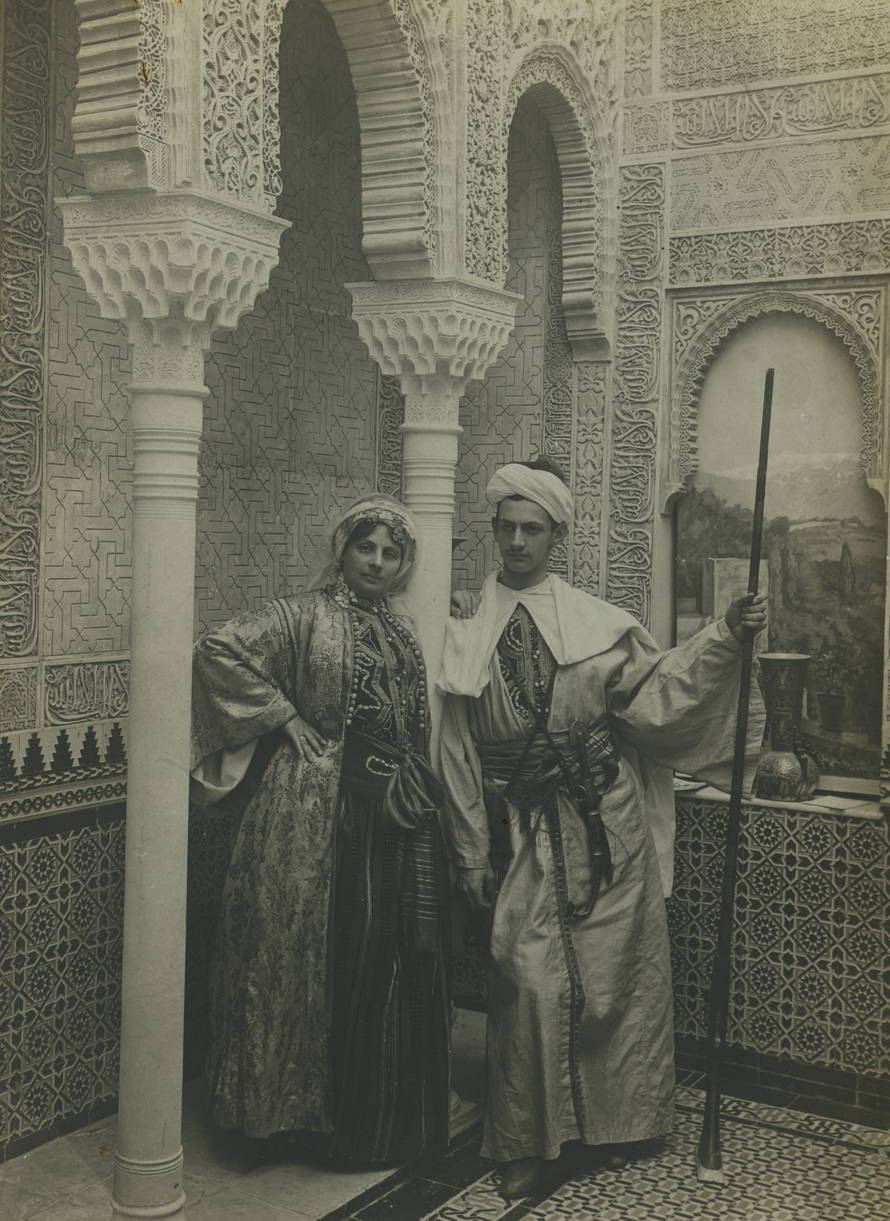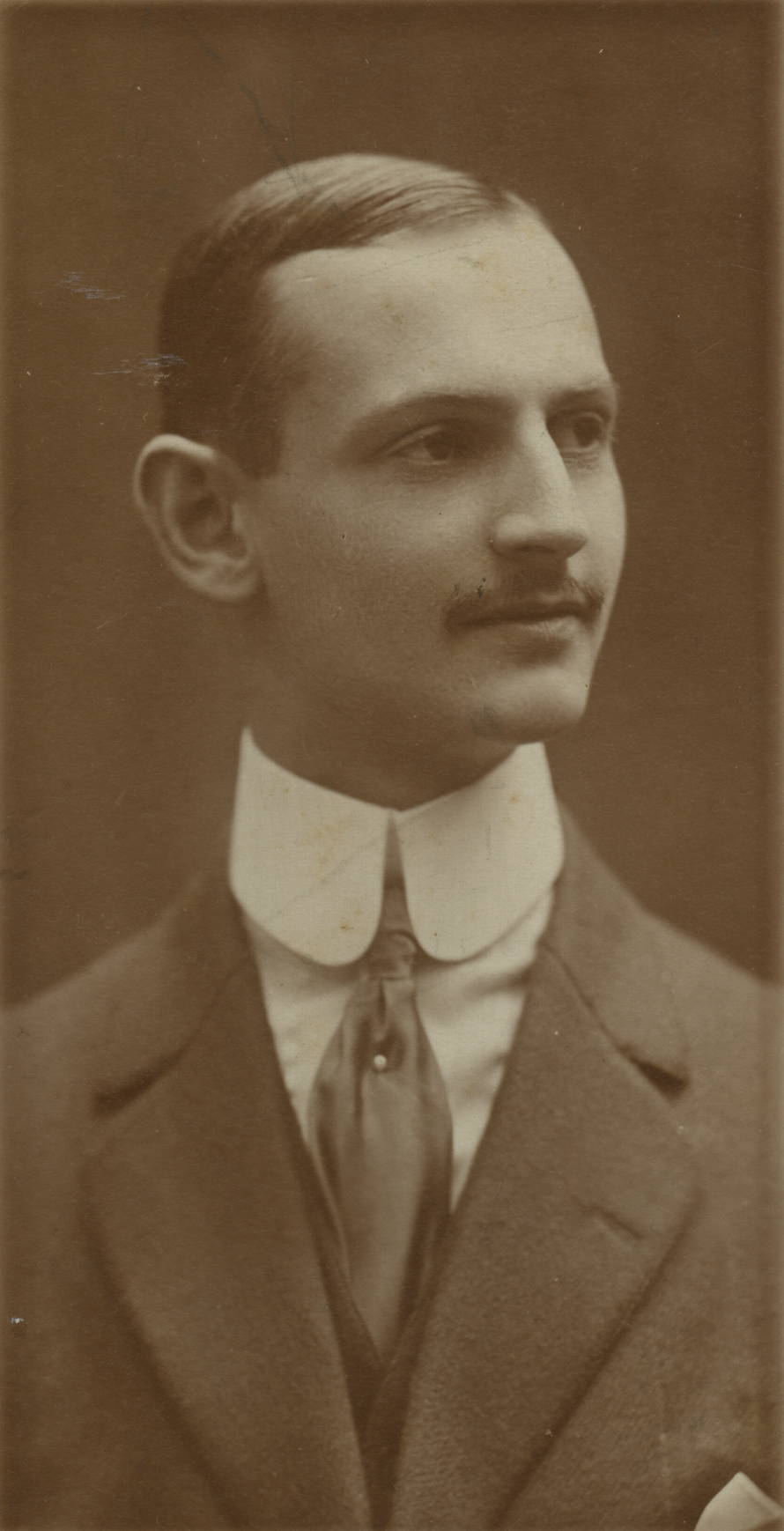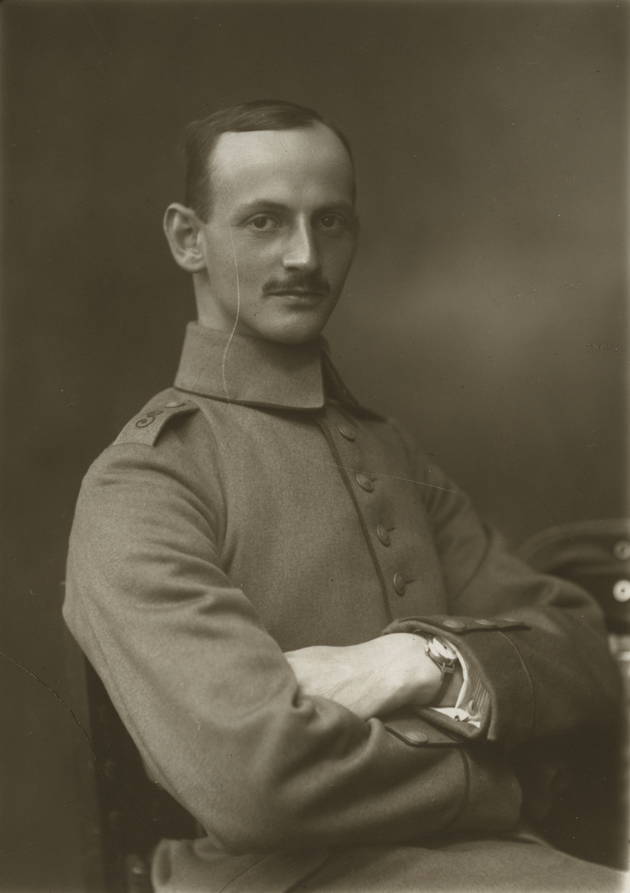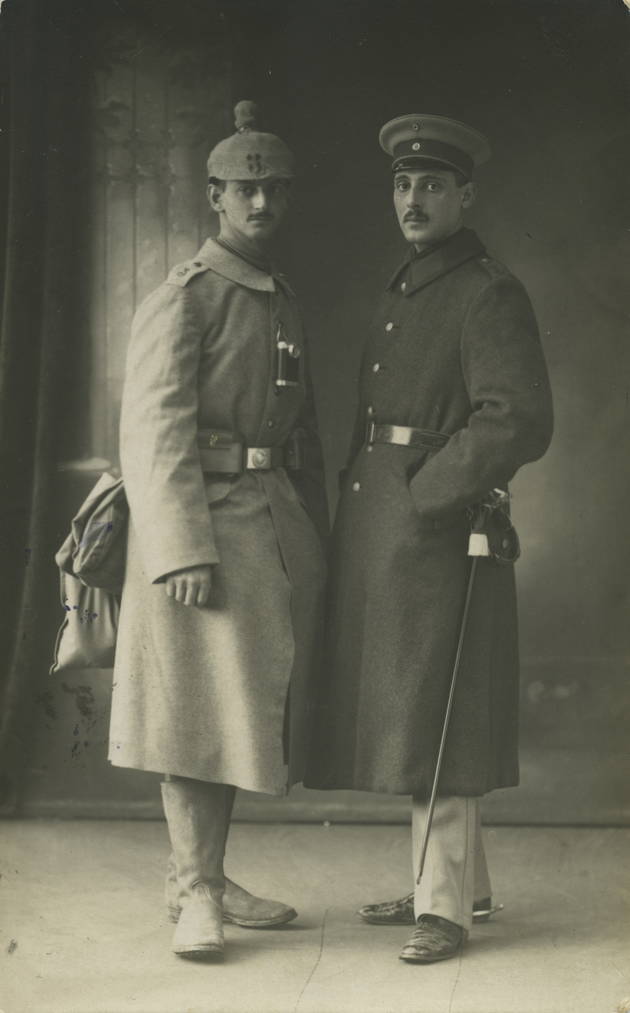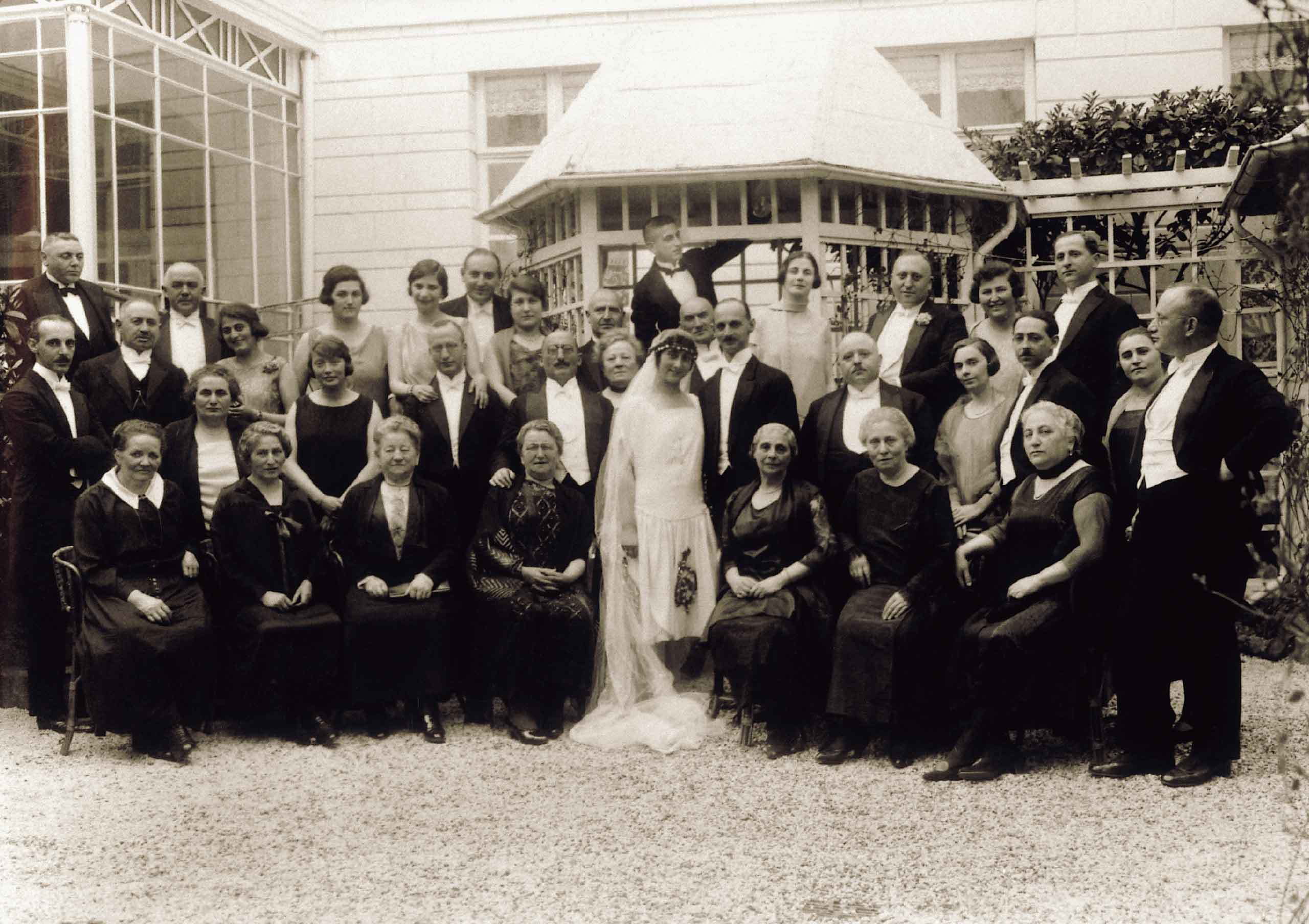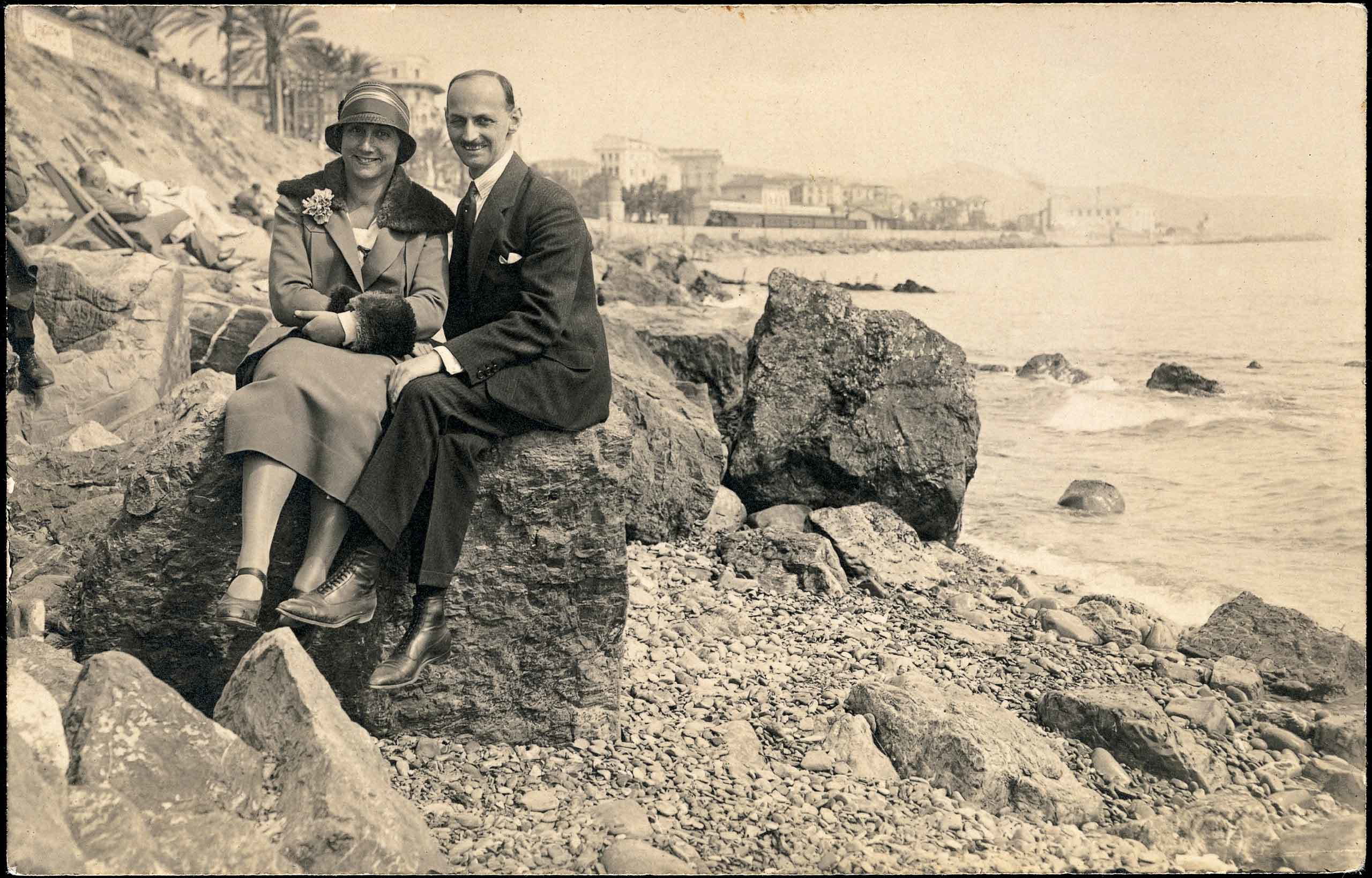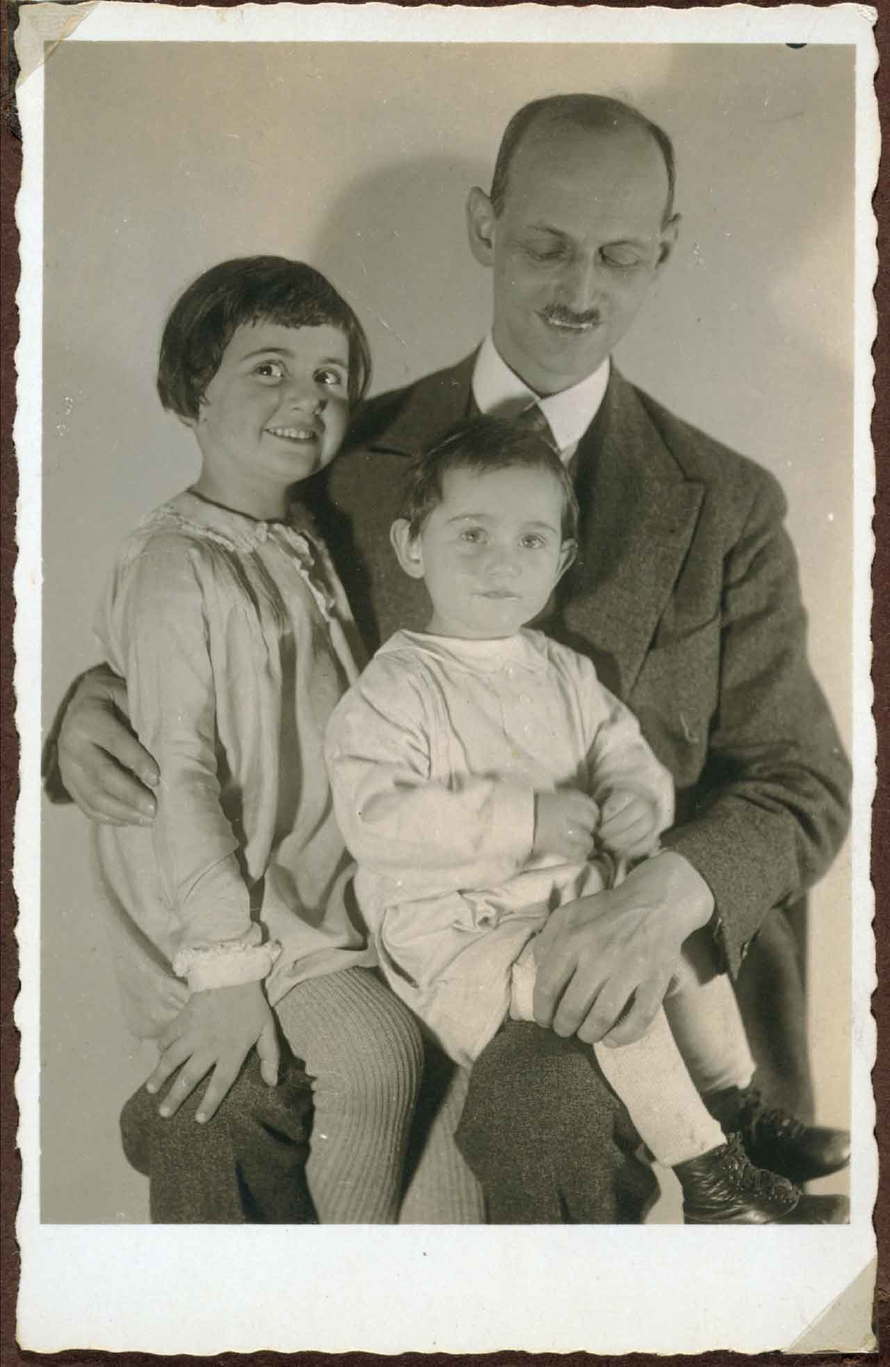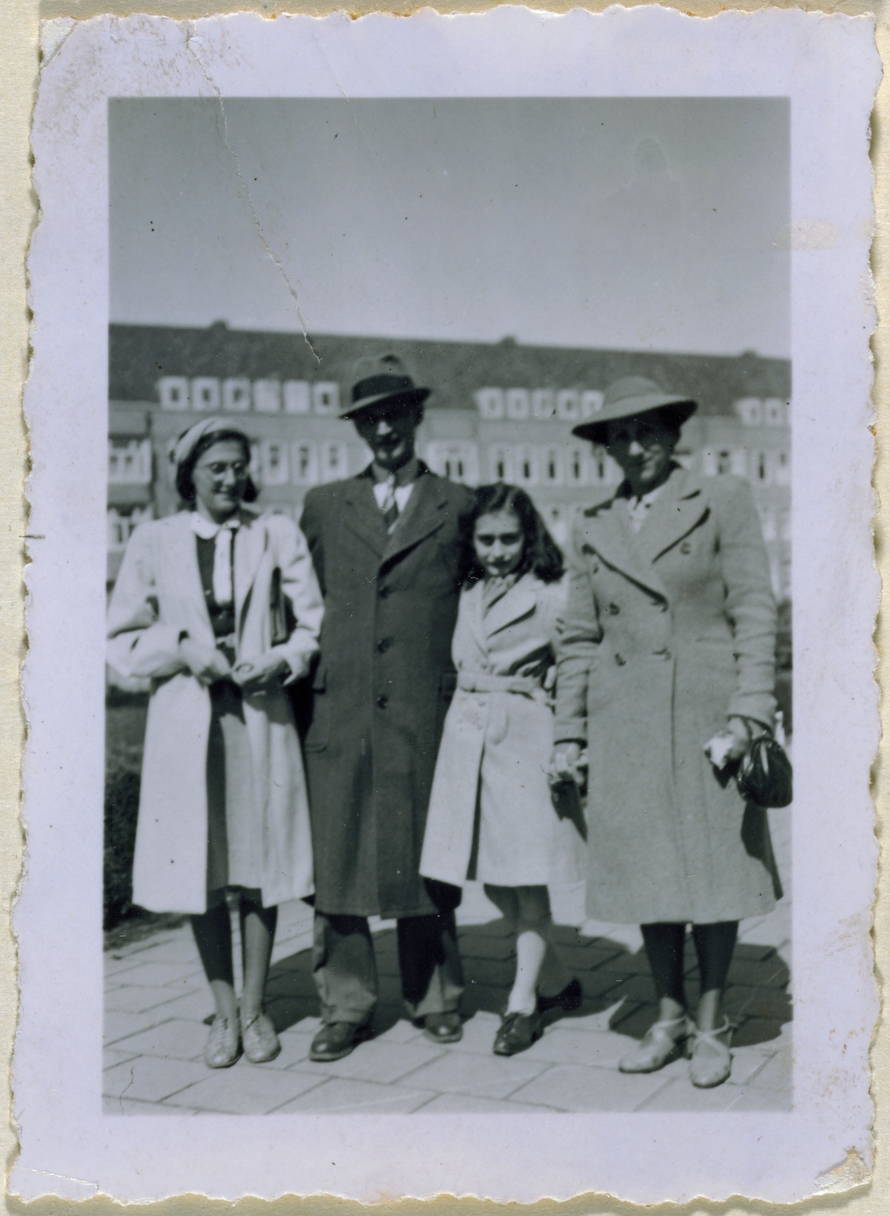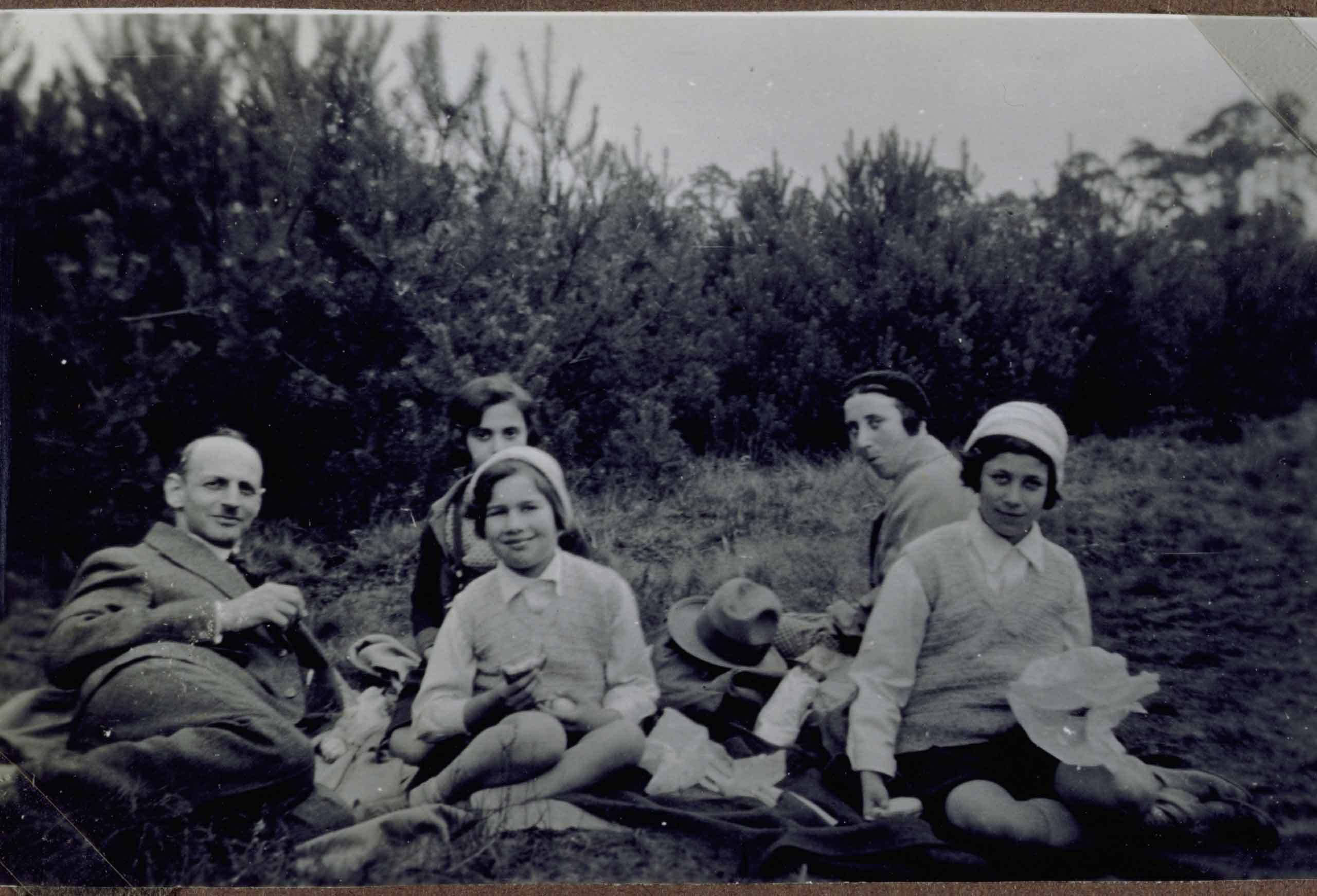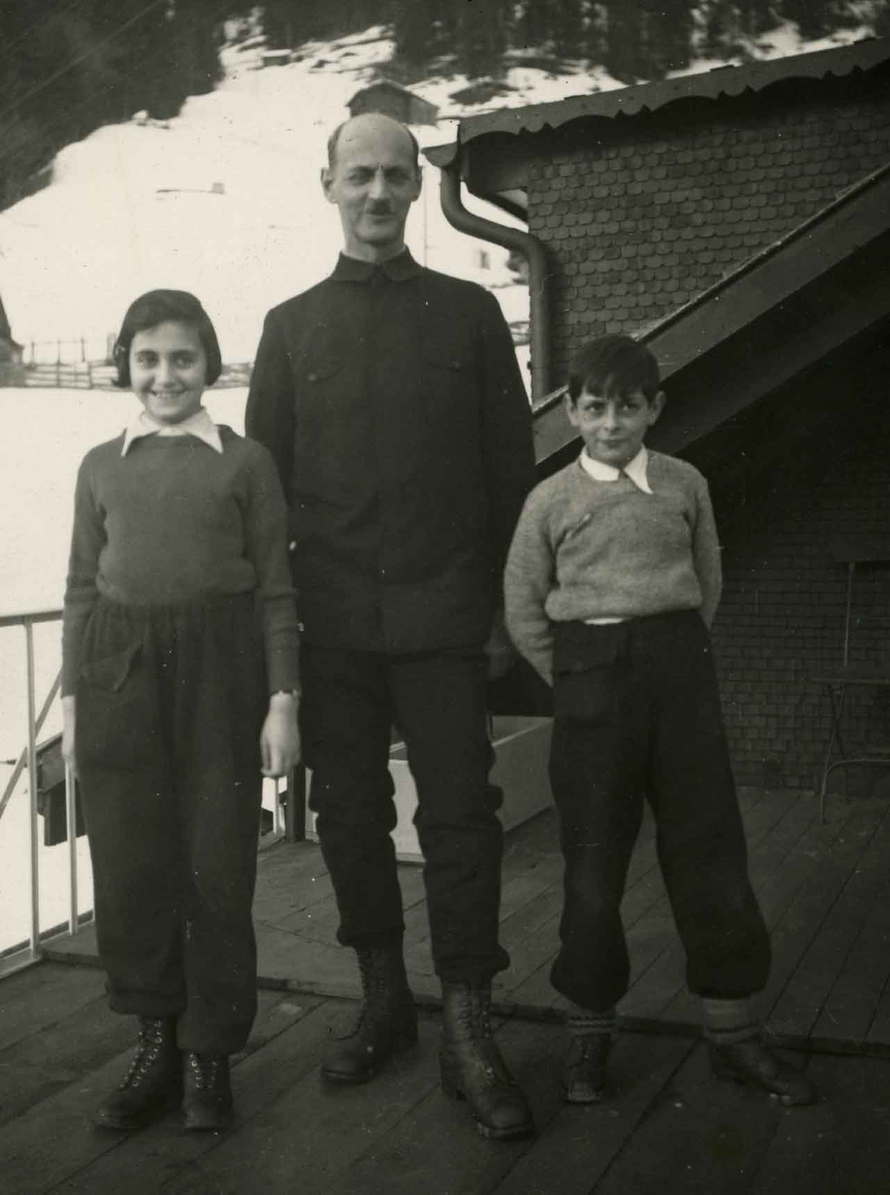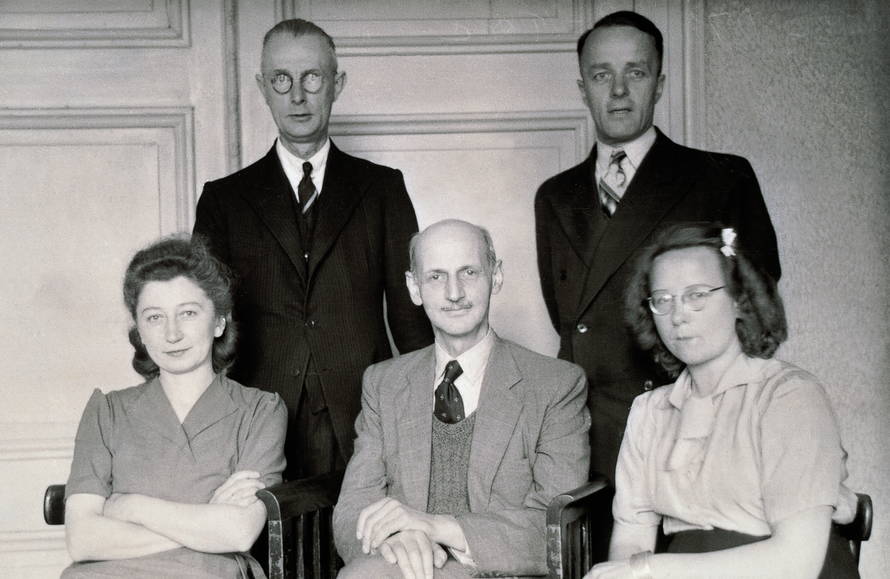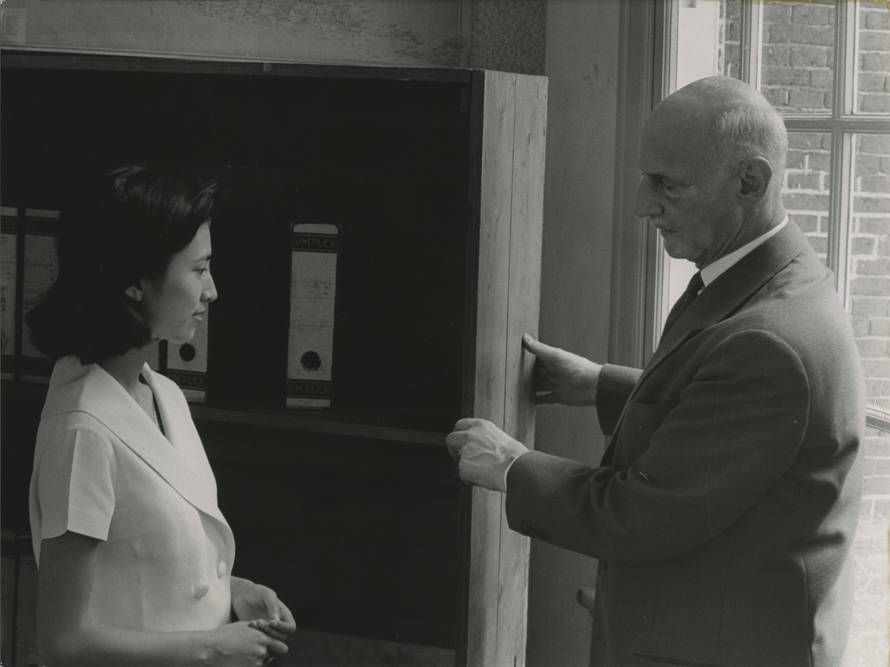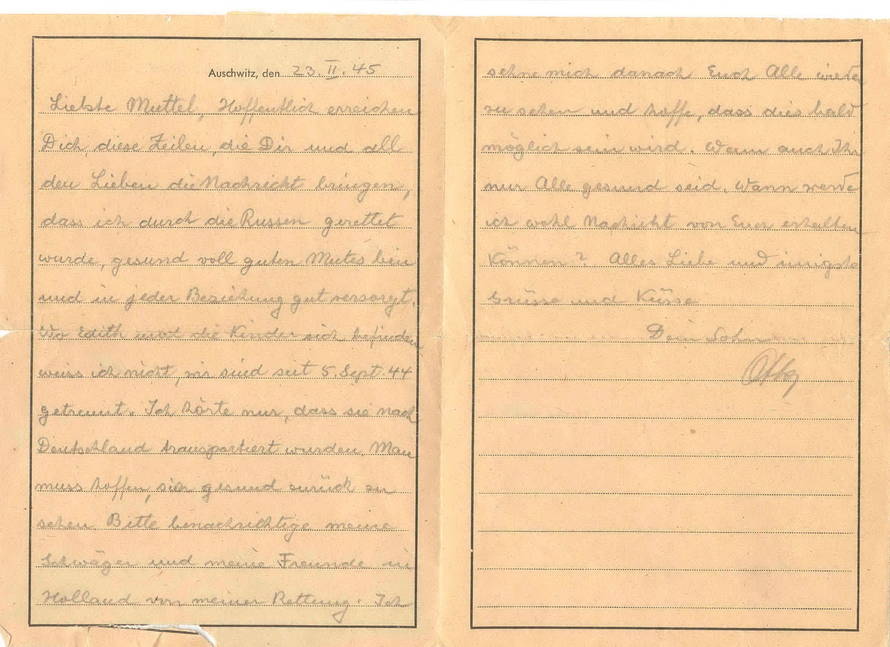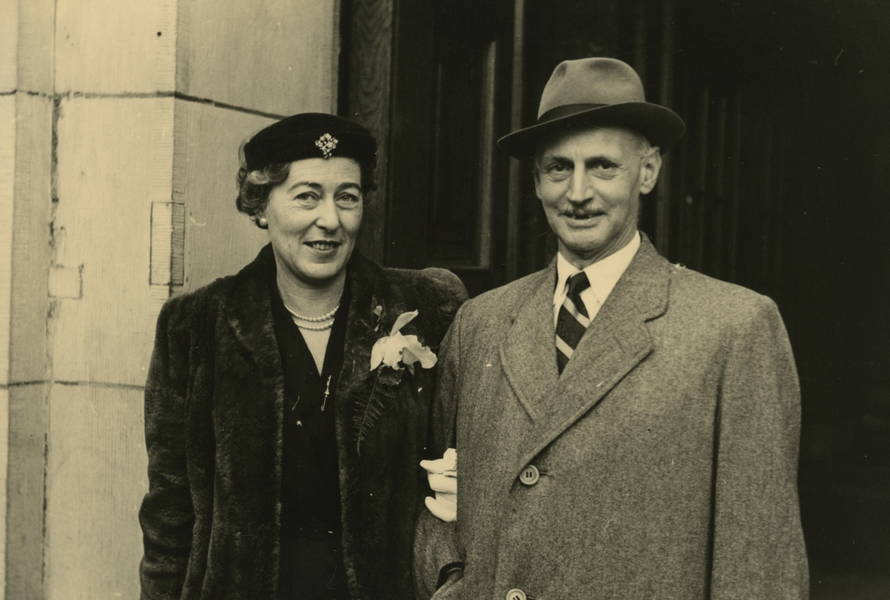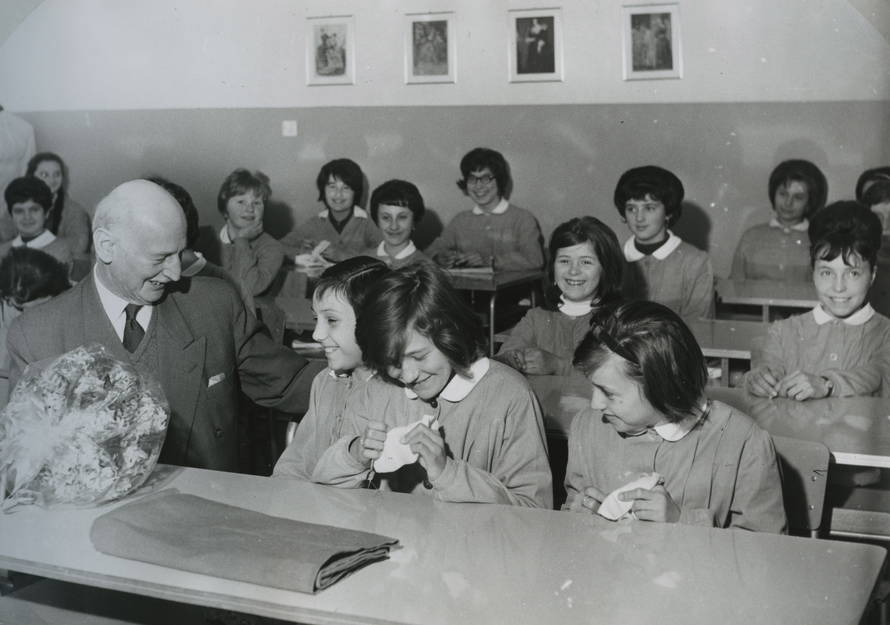«Father has been home a lot lately. There’s nothing for him to do at the office; it must be awful to feel you’re not needed. Mr Kleiman has taken over Opekta, and Mr Kugler, Gies & Co., the company dealing in spices and spice substitutes that was set up in 1941.
A few days ago, as we were taking a stroll around our neighbourhood square, Father began to talk about going into hiding. He said it would be very hard for us to live cut off from the rest of the world. I asked him why he was bringing this up now.
«Well, Anne,» he replied, «you know that for more than a year we’ve been sending our clothes, food and furniture to other people. We don’t want our belongings to be seized by the Germans. Nor do we want to fall into their clutches ourselves. So we’ll leave of our own accord and not wait to be hauled away.»
«But when, Father?» He sounded so serious that I felt scared.
«Don’t you worry. We’ll take care of everything. Just enjoy your carefree life while you can.»





